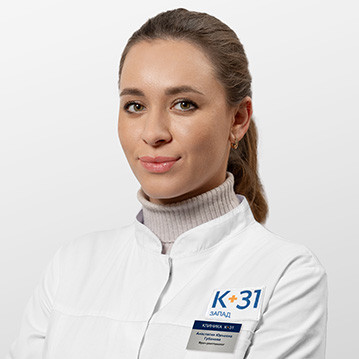Magnetic resonance imaging is a modern, highly effective method for examining internal organs, which uses the magnetic resonance technique without radiation exposure to the body. MRI of the uterus allows you to evaluate the anatomy and topographic features of the organ, to obtain a series of layered images in different projections. Diagnostics has a minimum of contraindications and is carried out as prescribed by a gynecologist, oncologist or endocrinologist.
What does an MRI of the uterus and appendages show
The doctor recommends an MRI of the uterus to clarify the preliminary diagnosis after an ultrasound examination, with re-diagnosis to assess the effectiveness of therapy. Also, the study is carried out before surgery or after surgery to study structural and functional changes in the tissues of the uterus and surrounding appendages.
Uterine MRI can reveal:
- The structure of the uterus, fallopian tubes, ovaries.
- The presence of developmental anomalies and congenital changes in the organ.
- Neoplasms, determine their exact location and size.
- Endometriosis
- Growth of connective tissue (adhesions and scars).
- Focuses of inflammation and their causes.
- The presence of metastases and the degree of damage to neighboring organs.
MRI of the cervix is performed to study neoplasms and their location, differentiate benign and cancerous tumors, and determine the stage of development of pathologies. The images obtained during the study allow the doctor to assess the nature of pathological changes and choose a method of treatment - medical or surgical. With the help of MRI of the uterine appendages, a specialist can recognize even minor changes in the structure of tissues and organs, which cannot be done using other diagnostic methods.
The study is carried out with problems with conception. This allows you to determine the cause of infertility and choose a treatment method. In the presence of a postoperative scar on the uterus, MRI when planning a pregnancy makes it possible to assess the degree of growth of the connective tissue, and in case of obstruction of the tubes, to find out what influenced the violation.
What does an MRI of the uterus with contrast show
For a more detailed differential diagnosis of neoplasms in the cavity of the organ itself or appendages, MRI of the uterus with contrast is used. The technique involves the introduction of a contrast agent into the vein, which allows the assessment of tissues with a similar structure. At the same time, it is possible to differentiate not only the area of distribution of the neoplasm, but also to identify malignant tumors.
MRI for uterine cancer with contrast enhancement visualizes metastases and allows you to assess the stage of development of the disease.
Thanks to the method, the doctor sees even small neoplasms (up to 4 mm in diameter). In the pictures you can determine their type - cysts, fibroids, polyps, recognize structural disorders in tissues, impaired blood circulation in the vessels. With MRI of uterine fibroids, the doctor determines the location of the node - on the mucous or in muscle tissue, in the neck or body of the organ. The tactics of treatment also depend on the diagnosis, the type of operation - embolism, resection or removal of the entire organ.


























